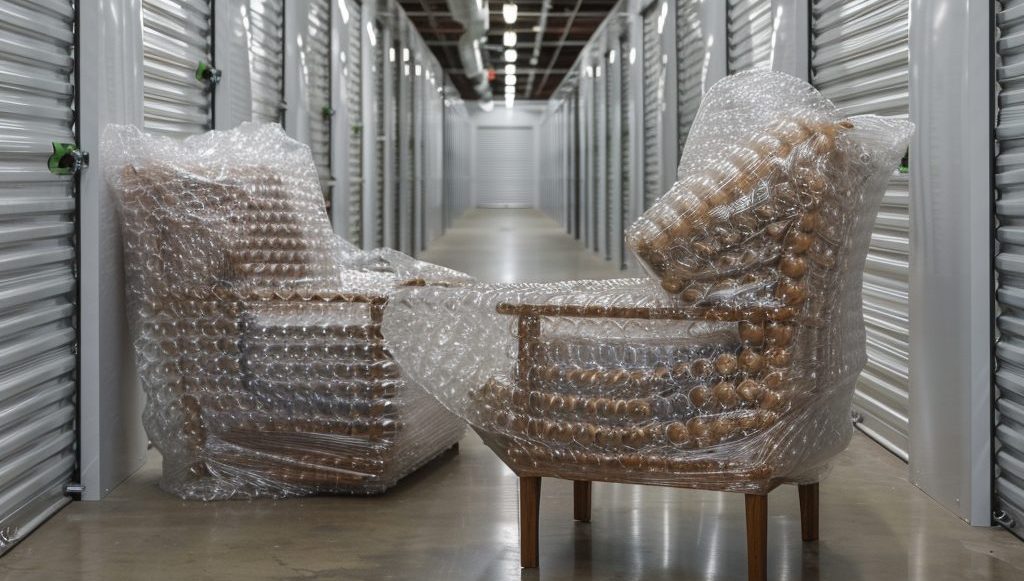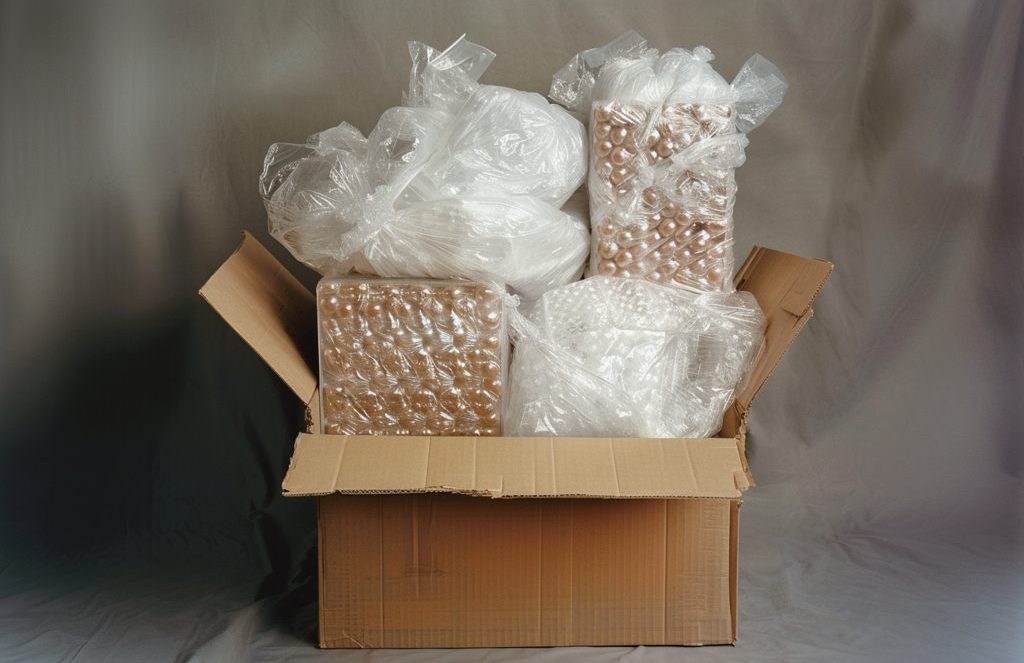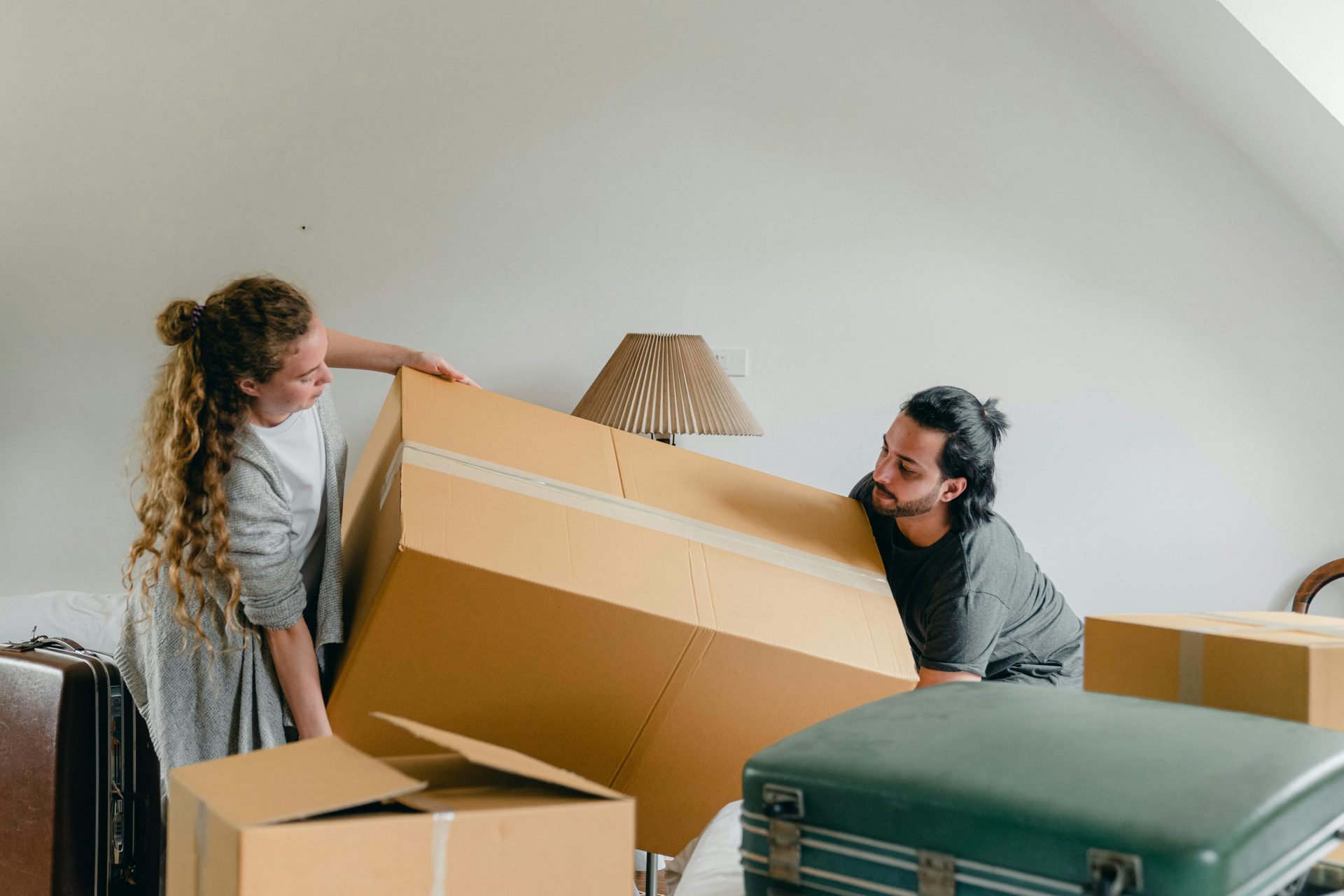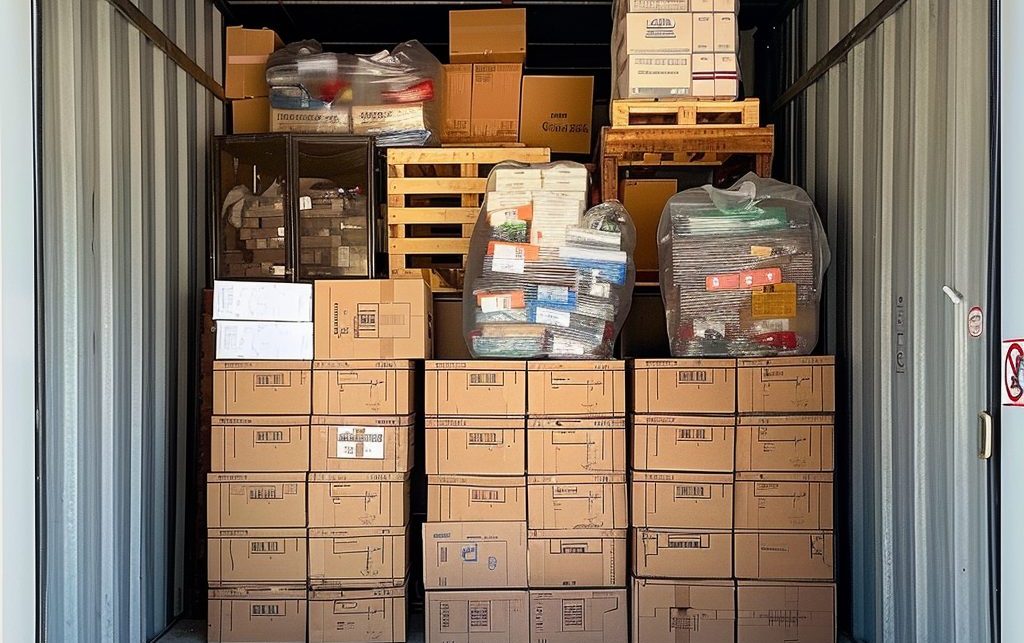Storing delicate items can be a nerve wracking process. Whether you’re putting away family heirlooms, fragile glassware, or sensitive electronic equipment, the right approach can make all the difference in preserving their condition.
Here’s an essential guide on how to properly store your fragile items to ensure they remain safe and intact.
Assess and Inventory Your Items
Start by taking an inventory of the items you need to store. Note down any special requirements they might have in terms of temperature, humidity, and handling. This step will help you determine the kind of packing materials and storage environment you need to prepare.
Choose the Right Packing Materials
Selecting appropriate packing materials is crucial for protecting delicate items. Here are some options:
- Bubble Wrap: Ideal for wrapping around items to cushion them from shocks.
- Packing Peanuts: Useful for filling gaps in boxes, ensuring items don’t move around during transport or storage.
- Corrugated Cardboard Sheets: Provide additional protection for the sides of boxes or between stacked items.
- Acid Free Tissue Paper: Great for wrapping items that are prone to tarnishing or degradation, such as silverware or antique papers.
- Foam Pouches: Offer good protection for items like dishes, glasses, or electronics.
- Sturdy Boxes: Invest in high quality, durable boxes that can withstand weight and stacking.
Properly Wrap and Pack Each Item
When packing fragile items, individual wrapping is key. Wrap each item separately in bubble wrap or tissue paper, securing the material with tape if necessary. Ensure that the wrapping is snug but not too tight, as excessive pressure can cause damage.
For extremely delicate items, consider double wrapping for extra security.
Securely Box Items
Place wrapped items gently into your chosen boxes. Heavy items should go at the bottom, with lighter items on top. Avoid overloading boxes to prevent crushing. Use packing peanuts or crumpled paper to fill any voids in the boxes, ensuring that the contents cannot shift when moved.
Label Boxes Clearly
Label each box with a description of its contents and handling instructions such as “Fragile,” “Handle With Care” or “This Side Up”
This step is especially important if you’re using a storage facility where others might handle your belongings.
Choose the Right Storage Environment
Consider the specific storage needs of your delicate items:
- Climate Control: Items sensitive to temperature or humidity changes, such as wooden furniture, musical instruments, or electronics, require a climate controlled environment to prevent warping, cracking, or other damage.
- Security: Ensure that the storage facility has adequate security measures, such as surveillance cameras, secure locks, and limited access, to protect valuable items.
- Accessibility: If you need regular access to your items, choose a storage unit that is conveniently located and allows easy retrieval.

Strategically Organise the Storage Space
How you organise your storage unit can significantly impact the safety of your delicate items. Follow these tips:
- Do Not Stack Heavy Boxes on Top of Fragile Boxes: Always keep heavier items on the bottom and stack lighter boxes on top. Ensure that stacks are stable and not too high.
- Leave Some Aisle Space: Arrange your boxes to allow easy access. Leaving space between stacks can prevent accidental knocks and makes it easier to remove items without disturbing others.
Regularly Check on Your Items
If your items are stored for an extended period, make regular checks to ensure that the storage environment remains stable and that no new risks have emerged. Check for signs of pest infestation, water damage, or mould growth, and adjust your storage strategies as needed.
Contents Protection for High Value Items
For particularly valuable or irreplaceable items, consider purchasing contents protection. Storage facilities often offer content protection options, or you may be able to extend your home insurance policy to cover items in storage – speak to your storage provider to determine the best solutions available to you.
Conclusion
Storing delicate items requires careful planning and attention to detail. By choosing the right materials, packing items properly, and selecting an appropriate storage environment, you can greatly reduce the risk of damage.
Always consider the unique needs of each item and don’t hesitate to invest in additional protections like climate control or insurance. With these precautions in place, you can rest assured that your fragile goods will remain safe and in pristine condition while in storage.
If you’d like to find out more about how Squab Storage can help you with your storage requirements please get in touch with us.




